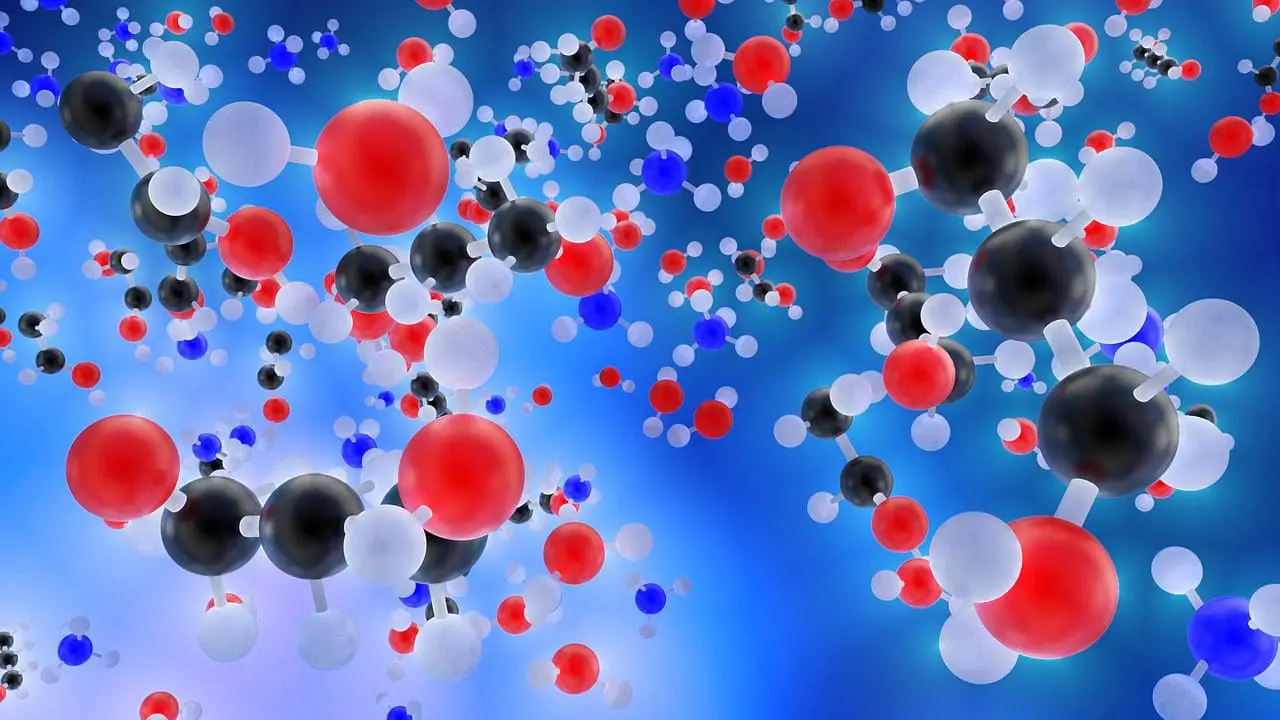All molecules comprise three major particles – protons, electrons, and neutrons. At the point when at least two particles are firmly held together to shape an atom, there are compound connections between every molecule and its nearby neighbors.
The calculation of an atom decides the reactivity, extremity, and natural movement of that particle. The VSEPR (Valence Shell Electron Pair Repulsion) hypothesis can be utilized to decide the calculations of atoms.
Key Takeaways
- Electron geometry describes the spatial arrangement of electron pairs (including bonding and lone pairs) around a central atom in a molecule. In contrast, molecular geometry focuses solely on the arrangement of atoms in the molecule.
- Electron geometry is determined using the Valence Shell Electron Pair Repulsion (VSEPR) theory, which considers repulsion forces between electron pairs; molecular geometry is derived from electron geometry by excluding lone pairs from consideration.
- Understanding electron and molecular geometries is essential for predicting molecular properties, such as bond angles, polarity, and reactivity.
Electron Geometry vs. Molecular Geometry
Electron geometry refers to the number of electron pairs present in an atom. The electrons in it include both bond pair electrons and lone pair electrons. In molecular geometry, lone pairs are not considered, and the structure of atoms in a molecule relative to the central atom is considered.

Comparison Table
| Parameters of the Comparison | Electron Geometry | Molecular Geometry |
|---|---|---|
| What are they? | The Electron geometry decides the atom’s state, including the electron pair and bond pair. | Molecular geometry decides the state of the particle that includes just the bond sets. |
| Their opinion on electron pair | Electron geometry considers electron pair | The molecular geometry doesn’t consider the electron pair. |
| The electrons | Electron geometry incorporates both holding and non-holding electrons | Molecular geometry incorporates just holding electrons. |
| The molecules | Electron geometry helps give the plan of electron sets. | Molecular geometry helps give the course of action of molecules around the central cores. |
| How do the electrons match here? | The all-outnumber of electron matches and bond sets are checked in electron geometry. | In molecular geometry, the absolute number of bond sets is tallied. |
What is Electron Geometry?
Electron geometry is the state of a particle anticipated by considering both bond electron sets and solitary electron sets.
Electron sets are characterized as electrons two by two or bonds, solitary sets, or now and again a solitary unpaired electron.
The electron geometry gives the spatial course of action of a particle’s apparent multitude of bonds and solitary sets.
We should consider CH4, for instance: The middle particle here is C, with 4 valence electrons. Hydrogen particles give 4 electrons, which implies there is a sum of 8 electrons around C.

What is Molecular Geometry?
It alludes to the three-dimensional course of action or structure of iotas in an atom. Understanding the molecular geometry of a compound decides the reactivity, extremity, shading, period of issue, and attraction.
For little particles, the molecular geometry recipe and a table of standard bond lengths and points might be everything necessary to decide the math of the atom.
We should consider a case of water (H2O). Here, oxygen (O) is the main molecule with 6 valence electrons, requiring 2 additional electrons from 2 hydrogen particles to finish its octet.

Main Differences Between Electron Geometry and Molecular Geometry
- Electron Geometry is the shape the electrons take around the focal iota. This is the shape the real associations between molecules take in a compound.
- One of the numerous instances of tetrahedral electron geometry is Ammonia (NH3). The focal particle here is N, and four electron sets are disseminated, looking like a tetrahedron with a single solitary electron pair.




